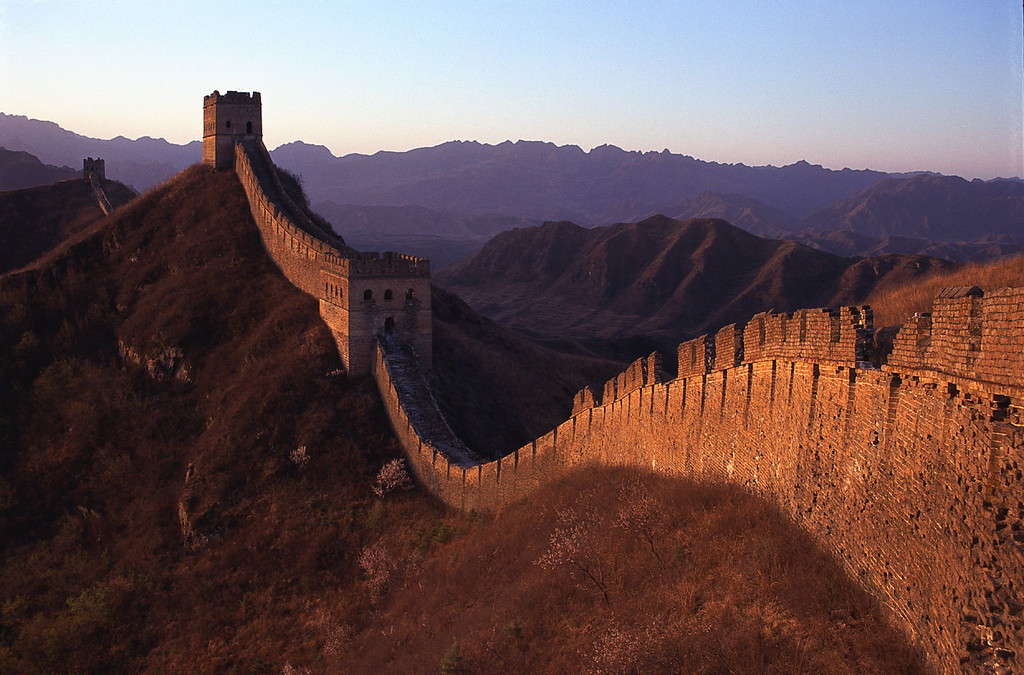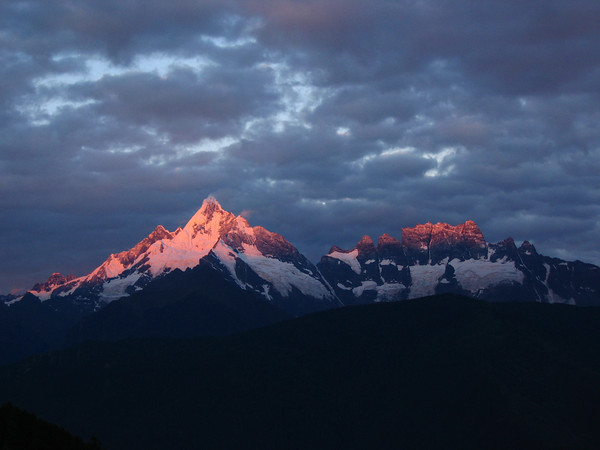“At a moment when your time and money matter more than ever, a trusted expert can take all the hassle out of travel planning.”
With that in mind, Travel + Leisure magazine evaluated thousands of agents to make its selections for the eighth annual A-List: The 129 Top Travel Agents. AsiaTravel is proud to announce that our founder, Mei Zhang, is named in this highly selective list!
Mei, the entrepreneur and China travel industry expert behind AsiaTravel, sat down to talk about her inclusion in the A-List, why her home province of Yunnan is so special and the future of sustainable travel in China.
AsiaTravel (WC): What does your inclusion in Travel + Leisure’s A-List mean to you?
Mei Zhang (MZ): “I’m really honored to be included in this year’s A-List, as it gives me the chance to showcase China’s great diversity and beauty. When I started AsiaTravel in 2000, the goal was to help people discover the unique and hidden sides of China — the sides you rarely heard about in the news. Almost 10 years later, that continues to be the driving force. It’s a true joy to take our guests into local villagers’ homes to share a meal or on hikes through pristine nature reserves, as I know we’re providing them with a personal connection to China.”
WC: Do you have a favorite AsiaTravel journey?
MZ: “How can I not mention the trip that I took my own wedding party on?! Hiking the 19th Century French Explorers’ Route is a truly wild experience, where we hike through remote areas of Yunnan province in southwest China where French Catholic missionaries erected churches over 100 years ago. It’s an eye-opening and moving experience, meeting these Catholic Tibetan communities along the Salween and Mekong Rivers–two of Asia’s mightiest rivers.
Another one of our Yunnan journeys, The Flying Tigers Route – 60 Years On, is also a personal favorite. When I was growing up, my grandma used to tell me stories about the ‘Flying Tigers,’ a group of American volunteer fighter pilots who flew across treacherous mountains in China during World War II to protect an important military supply route. She and the people of Yunnan were so grateful to the Tigers, so this trip, which retraces some of their paths, is a nice tribute to both the soldiers and my grandma.”
WC: What is it about Yunnan, your home province, that makes it so special?
MZ: “Yunnan is so rich in both cultural and natural beauty, so for me, it really represents the true essence of China. Its ethnic diversity is astounding, given that over 28 ethnic groups make up nearly half of Yunnan’s population. You could spend months just exploring all the different types of clothing, artwork and customs of the Naxi, Bai, Dai and Tibetan people, to name just a few.
In terms of natural landscapes, Yunnan has it all — from the glaciers of majestic Jade Dragon Snow Mountain and the massive cliffs of Tiger Leaping Gorge to terraced rice fields, grasslands dotted with grazing yaks and ponies and China’s first national park.
It’s true that as Yunnan gets profiled more in the press, some areas, like Lijiang Old Town (a UNESCO World Heritage Site) have seen much heavier traffic from both Chinese and international travelers. But there’s still so much of this province to see that most people haven’t heard of!”
WC: You’ve seen China undergo tremendous changes over the last few decades. What hasn’t changed?
MZ: “While there’s certainly been rapid urbanization, I think travelers to China would be surprised or even shocked by how much village life hasn’t changed. You’ll still see people making paper, the same way it was made when it was invented in China, and you’ll still see farmers hard at work in their fields, using water buffaloes. The importance of family and personal relationships certainly hasn’t disappeared, either.
The biggest challenge in the face of all these changes is figuring out how to preserve cultural traditions and the environment. It’s not easy, and as a travel company, we’re aware of the impact that our journeys can have on the communities we visit. Our practice, from the start, has been to help generate economic benefits for host communities by hiring and training local guides; visiting local restaurants and shops; and involving local people in the decisions that affect their lives.”
WC: What is the future of sustainable travel in China?
MZ: “The idea of sustainable travel in China is a concept that’s only just started to develop. While we’ve been implementing values of sustainability, responsibility and preservation on AsiaTravel tours since the firm was started in 2000, these concepts are only starting to have mainstream understanding in China. We really had a milestone this past January when AsiaTravel held a training session in Beijing for all of our local partners. It was incredibly inspiring to give our partners the tools and skills to implement sustainable practices on all of their trips, with or without AsiaTravel.
AsiaTravel has been working on a similar initiative with the WWF in Sichuan for a few years now. Working together with nature reserve staff, we’ve developed eco-tourism initiatives to help promote sustainable tourism at sites like the Laohegou Nature Reserve.
Overall, the tourism industry in China is starting to embrace the idea of sustainable travel, but actual implementation still has a ways to go. The China National Tourism Association declared 2009 as a year for ecotourism, and Pudacuo National Park in Yunnan is a model for ecotourism in China. Yet, these are just the first widespread indications that sustainable travel is becoming an accepted model. When the market insists that travel in China is sustainable, that’s when we’ll really start to see widespread adoption of these practices. AsiaTravel believes that everyone will choose a sustainable travel option when it is available to them at a competitive price.
Chinese travelers are also looking for more innovative and interesting travel opportunities, and we think trips like our brand new Tracking Pandas in their Natural Habitats journey will be very appealing to people who want to see pandas in the wild, not in a zoo. Trips like this also bring investment to these nature reserves to help them continue their mission of environmental protection. Of course, there needs to be a balance between development and sustainability, which is a question AsiaTravel is constantly facing as we continue to grow and show more and more guests the beauty and mystery of China.”
 Tianjin Ancient Cultural Street is located in Nankai District, Tianjin, with Tianhou Temple as the center, starting from Shuige Street in the south and Tongbei Road in the north. Here is the concentration of Tianjin’s most famous time-honored shops and handicraft shops. You can find many handicrafts and taste classic Tianjin cuisine here.
Tianjin Ancient Cultural Street is located in Nankai District, Tianjin, with Tianhou Temple as the center, starting from Shuige Street in the south and Tongbei Road in the north. Here is the concentration of Tianjin’s most famous time-honored shops and handicraft shops. You can find many handicrafts and taste classic Tianjin cuisine here. Every city has its own old street, where you can find childhood memories. In Tianjin, this old street is called Tianjin Ancient Cultural Street, where you can explore the atmosphere of culture. Tianjin Ancient Cultural Street is the only national 5A-level tourist attraction in Tianjin. There are many shops on the street. There are all kinds of art products such as the four treasures of the study, antiques, calligraphy and painting. It is a paradise for culture and art!
Every city has its own old street, where you can find childhood memories. In Tianjin, this old street is called Tianjin Ancient Cultural Street, where you can explore the atmosphere of culture. Tianjin Ancient Cultural Street is the only national 5A-level tourist attraction in Tianjin. There are many shops on the street. There are all kinds of art products such as the four treasures of the study, antiques, calligraphy and painting. It is a paradise for culture and art!




